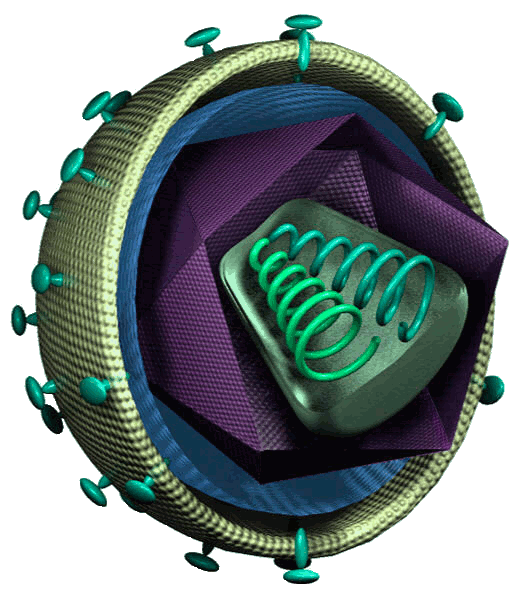
 |
Leigh Brown HIV & Flu Research Group | ||
 |
|||||||||
|
|||||||||
 |
Rooting, Measuring, and Collapsing Phylogenies This command-line Java program allows you to import trees with bootstraps and branch lengths and then root the tree, collapse the tree, and measure the length and other attributes of the tree.
Description This program provides an easy way to do simple and useful manipulation of your phylogeny.
Associated publication Hodcroft E, Hadfield J, Fearnhill E, Phillips A, Dunn D, O'Shea S, Tong W, Pillay D, and Leigh Brown A, on behalf of the UK HIV Drug Resistance Database and UK CHIC. Estimating the Contribution of Viral Genotype to Plasma Viral Set Point in HIV Infection (In Preparation). Citation If you publish or present work that has been processed using this program, please cite Emma Hodcroft and the website where this program can be downloaded (http://emmahodcroft.com/TreeCollapseCL.html). Installation To run TreeCollapseCL, you will need Java 1.6.0 or higher. The jar file will run on PC, Mac, UNIX and LINUX operating systems.
|
 |
|||||||
